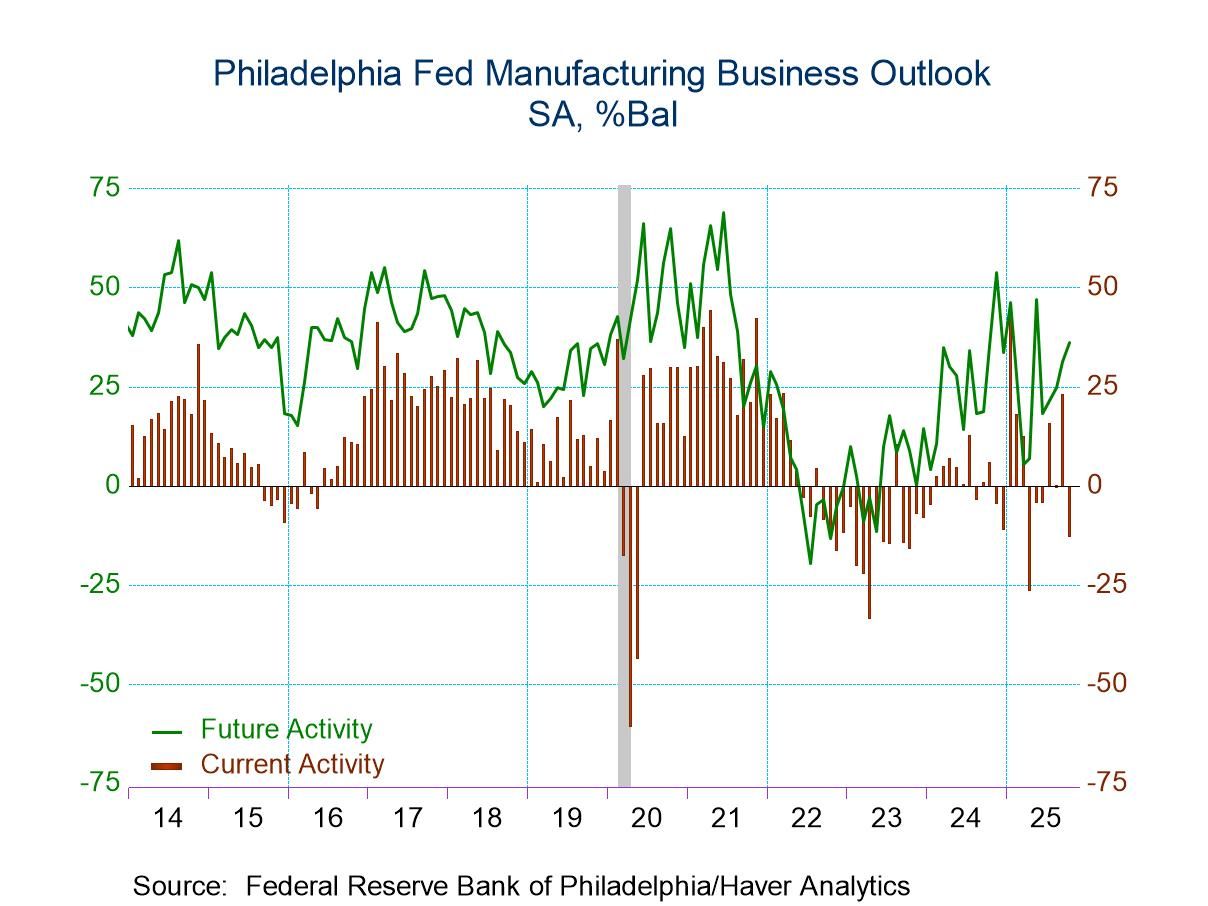 Global| Mar 03 2011
Global| Mar 03 2011Service Sectors Continue to Advance...Mostly
Summary
Europe's PMI index for services from Markit was revised lower from its preliminary reading but still managed to make a month-to-month gain. Germany's index actually dropped month-to-month as did the UK's service sector index. As a [...]
 Europe's PMI index for services from Markit was revised lower from its preliminary reading but still managed to make
a month-to-month gain. Germany's index actually dropped month-to-month as did the UK's service sector index.
Europe's PMI index for services from Markit was revised lower from its preliminary reading but still managed to make
a month-to-month gain. Germany's index actually dropped month-to-month as did the UK's service sector index.
As a percentile standing in their respective ranges the countries in the table all have good–to firm readings for services. The UK, Italy and Ireland are the lowest with percentile readings still in the 60s. Spain's reading is in the seventies so is France's which is nearly in the eighties. Germany is in the high eighties and the EMU reading is in the low eighties. These all are above the 50th percentile or the middle of the range so they are better than the middle of this range only.
But, these are percentile of range figures. They position the current reading between all-time highs and all-time lows. So the month's indicator when placed in its range gets its relative position from only two historic observations; they may not be representative. If we look at queue rankings that position each in an ordered queue of comprehensive historic readings we get a measure that gets away from the extremes and is more akin to a median measure. On that basis the service sectors in Europe are not doing as well
Italy, Spain Ireland and the UK each are below their respective midpoints when ranked in their historic queue of values. This means they are also below their medians. The UK is in fact in the lower 29 percentile of its ordered standing. Spain stands in the 36th percentile of its queue. Italy and Ireland are just marginally below the 50 mark. France is relatively stronger by its queue ranking standing in the 84th percentile of tis queue. Germany is slightly stronger standing in the 94th percentile of its queue. The EMU measure is slightly weaker standing at its queue percentile of 80%.
The queue rankings give a better picture of the overall situation within the Zone and of the variability of its members. While the range percentiles tell us that compared to the highs- and lows the current readings are now better, this is largely because the lows are so low. There has been some recovery but compared to the past the current readings are largely below normal even if they are strongly up from their lows. That is what the queue rankings tell us.
So while the PMI readings appear to be firm in fact they are weak with few exceptions. Services always tends to grow so the service sector PMI has a higher hurdle to go over in order to rank high in its queue compared to manufacturing While the overall EMU measure has a reasonably firm ranking, a lot of that stems from Germany and its strong weight in the overall index. There remains a lot of weakness in the Zone. Moreover, the services sector is the job producer so until its gets stronger the economies there will remain off balance.
| Various looks at the UK, EU and EMU Services Sector | |||||||
|---|---|---|---|---|---|---|---|
| Feb-11 | Jan-11 | Dec-10 | 3Mo | 6Mo | 12Mo | Percentile | |
| Euro-Area | 56.75 | 55.94 | 54.22 | 55.64 | 54.96 | 55.23 | 81.8% |
| Germany | 58.58 | 60.28 | 59.25 | 59.37 | 58.03 | 56.79 | 87.8% |
| France | 59.73 | 57.83 | 54.87 | 57.48 | 56.73 | 58.10 | 79.8% |
| Italy | 53.07 | 49.88 | 50.18 | 51.04 | 51.64 | 52.16 | 63.5% |
| Spain | 50.85 | 49.33 | 46.20 | 48.79 | 48.17 | 49.65 | 70.3% |
| Ireland | 55.07 | 53.93 | 47.37 | 52.12 | 51.14 | 51.99 | 64.4% |
| EU only | |||||||
| UK (CIPs) | 52.60 | 54.50 | 49.71 | 52.27 | 52.63 | 53.48 | 61.2% |
| Percentile is over range since May 2000 | |||||||
Robert Brusca
AuthorMore in Author Profile »Robert A. Brusca is Chief Economist of Fact and Opinion Economics, a consulting firm he founded in Manhattan. He has been an economist on Wall Street for over 25 years. He has visited central banking and large institutional clients in over 30 countries in his career as an economist. Mr. Brusca was a Divisional Research Chief at the Federal Reserve Bank of NY (Chief of the International Financial markets Division), a Fed Watcher at Irving Trust and Chief Economist at Nikko Securities International. He is widely quoted and appears in various media. Mr. Brusca holds an MA and Ph.D. in economics from Michigan State University and a BA in Economics from the University of Michigan. His research pursues his strong interests in non aligned policy economics as well as international economics. FAO Economics’ research targets investors to assist them in making better investment decisions in stocks, bonds and in a variety of international assets. The company does not manage money and has no conflicts in giving economic advice.






